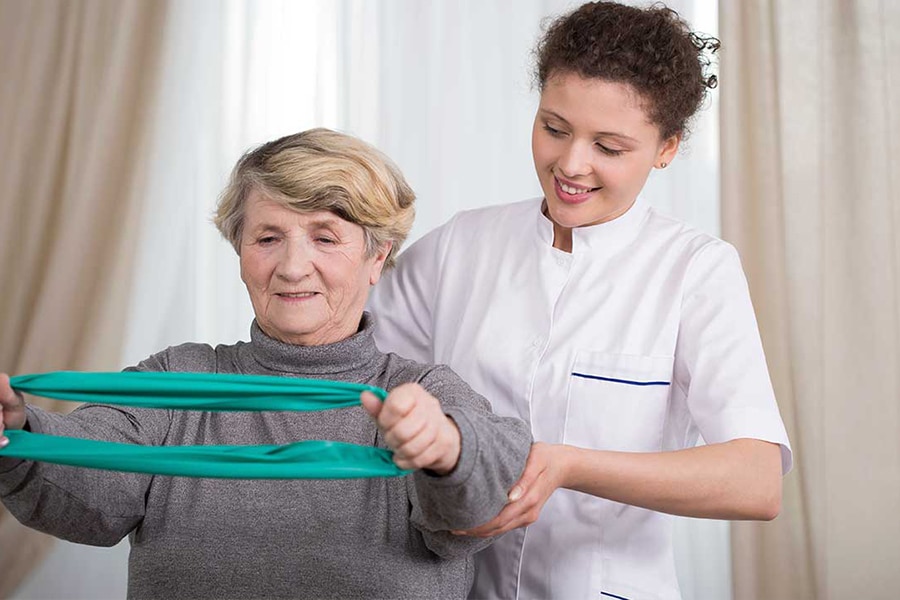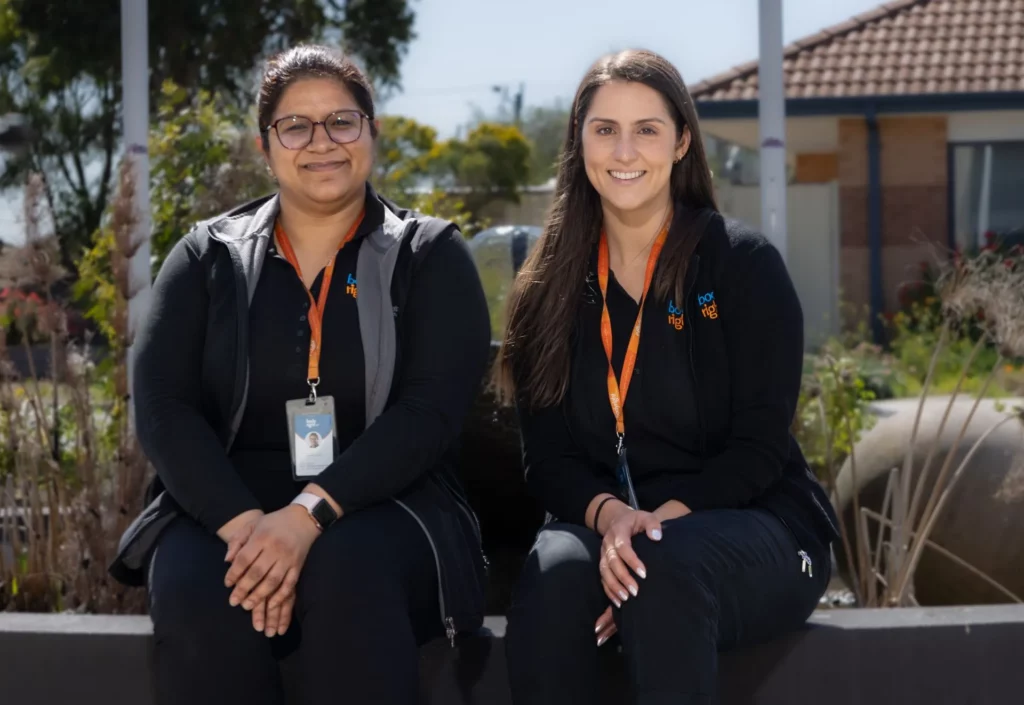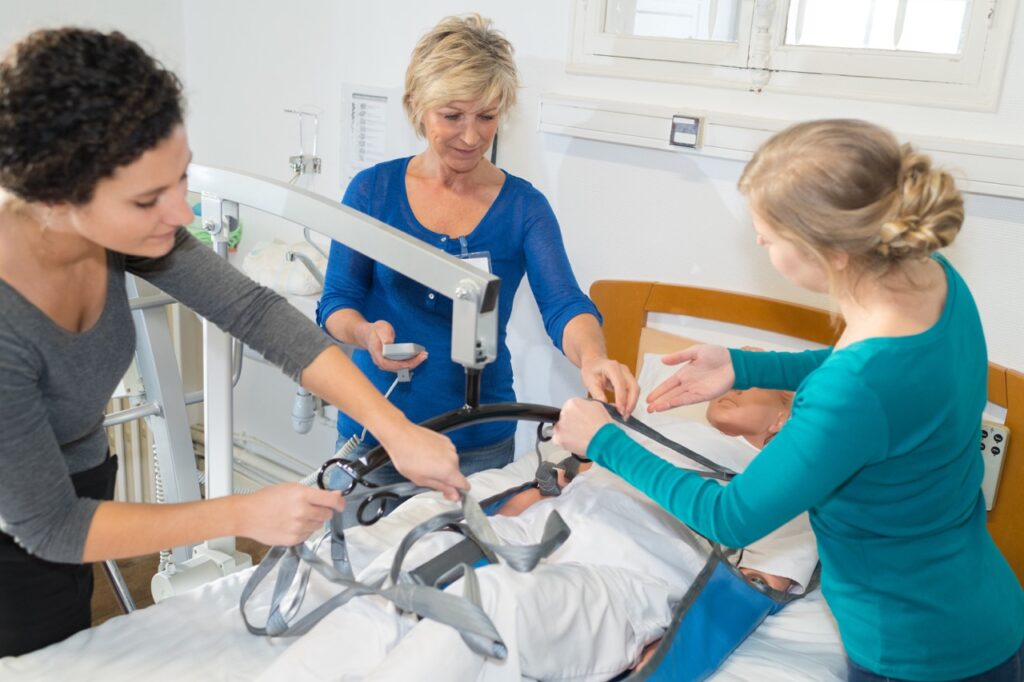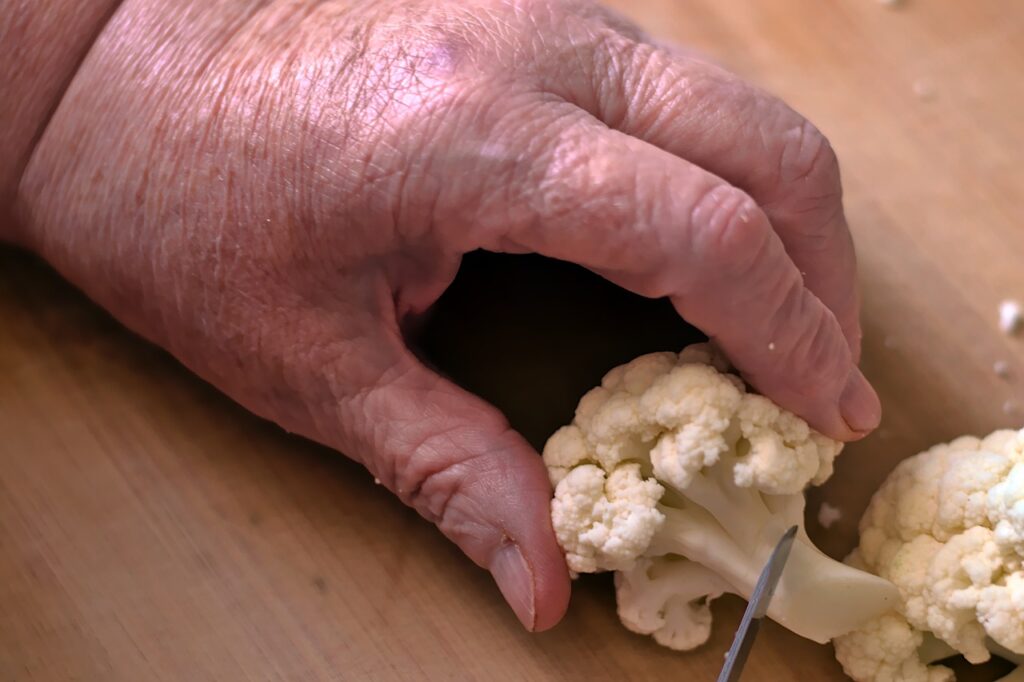The benefits of resistance training for the elderly
Exercise is vital at any age, but the older you get, the more important it becomes to improving your quality of life and keeping you strong and healthy.
When you think about exercise for the elderly, you don’t often consider resistance training. The truth is, strength training isn’t just for bodybuilders or athletes. With an array of benefits, resistance training is one of the best things you can do for your body, no matter your age, fitness or strength level.
For the elderly, light resistance training is recommended for 2-3 non-consecutive days a week. This gives the muscles time to rest and recover. It’s suggested that the training targets the major muscles of the body – the chest, back, shoulders, triceps, biceps, legs and core.
Here are some benefits of strength training for the elderly:
(reference: Resistance Training is Medicine: Effects of Strength Training on Health, Wayne L. Westcott, PhD)
1. Helps manage chronic conditions
Strength training helps reduce the symptoms of chronic diseases such as osteoarthritis, osteoporosis, back pain, diabetes and hypertension (high blood pressure).
Muscle is the primary site for glucose. It’s many benefits for preventing and managing type 2 diabetes includes increasing the density of glucose transporter type 4, decreasing visceral fat, reducing HbA1c and imporving insulin sensitity.
Cardio isn’t the only type of exercise to improve cardivasculor disease – resistance training is proven to as well, which helps reduce resting blood pressure (hypertension). According to Westcott, just 20 minutes of strength training, combined with 20 minutes of cardio, 2-3 times a week can significantly reduce resting systolic and diastolic blood pressure readings. He mentions a study that reduced the readings, respectively, by 3.2 and 1.4 mm Hg.
Muscle loss can be associated with bone loss (osteoporosis). Studies show that regular resistance exercisise can reverse approximately 1% of bone loss per year in older women.
2. Makes you stronger (increases muscle and decreases body fat)
There’s no doubt that lifting weights builds strength. Regardless of the amount of weight you’re able to lift, building muscle reduces physical vulnerability. A large number of illnesses and injuries are associated with three factors – muscle loss, metabolic rate reducation and fat gain. It’s important to consider all three for a healthy weight and physical capability.
Weight training slows the process of age-related muscle loss. Studies show that inactive adults over the age of 30 experience a 3% to 8% loss of muscle mass per decade. This increases to 5% to 10% per decade after the age of 50.
A study concluded that ten weeks of regular resistance training (2-3 times a week) can increase muscle weight by 1.4kg. Resistance exercises can continue to train your muscles even up to 72 hours after your training session.
As a result of more muscle mass, it also increases your metabolism. Westcott stated an increase of just 1kg of muscle can raise your resting metabolic rate by approximately 20 cald-1.
An increase in both muscle mass and metabolism is also associated with a reducation in body fat. The risks of excessive body fat incldes increased plasma cholesterol, plasma glucose and blood pressure. It’s especially important to reduce or maintain abdominal fat as this is particularly important for preventing diabetes.
3. Improves quality of life
Like any exercise, resistance training improves your overall quality of life. Building strength can reverse some debiliatiing effects of inactive aging and allow the elderly to feel more independent in their later years.
Westcott mentions a study conducted in a nursing home with residents of a mean age of 89. In 14 weeks of twice-weekly strength training, they noticed an overall strength increase of 60%, added lean weight of 1.7kg, and improved functional independence of 14%.
This type of exercise also improves sleeps, releases endorphins, helps manage depression, improves your mood, and helps keep your thinking and learning skills sharp as you age.
That’s why resistance training is highly recommended to people of all ages. It doesn’t matter how much you’re able to lift – all that matters is exercising with enough weight to challenge your muscles, but not push them too far.
At Bodyright Healthcare, we provide a range of premium allied health services to meet the needs of our clients. With over 35 years of industry experience, we work with empathy and patience as our core values to support and enrich the lives of our clients. We’re currently providing Telehealth consultations – for more information, call (03) 9558 911.




